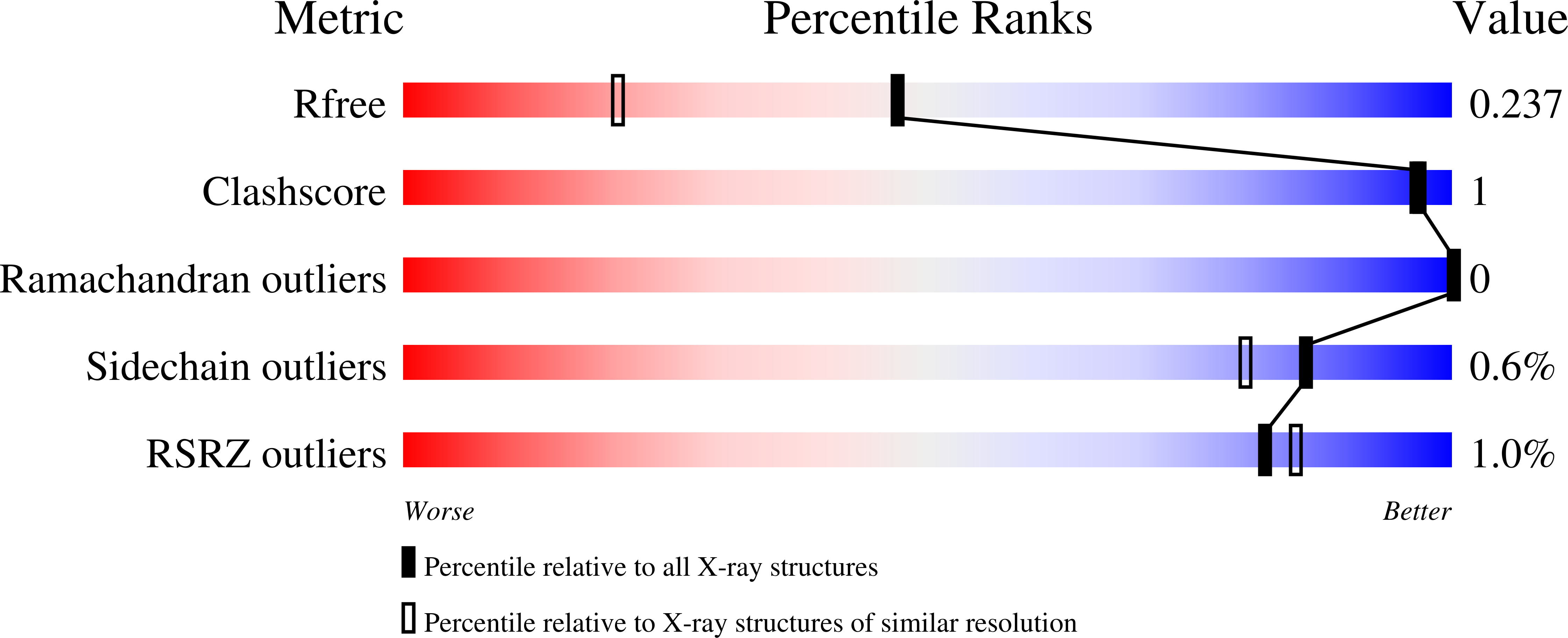
Deposition Date
2020-04-06
Release Date
2021-02-17
Last Version Date
2024-01-24
Entry Detail
PDB ID:
6YK9
Keywords:
Title:
[Fe]-hydrogenase from Methanolacinia paynteri with bound guanylylpyridinol at 1.7-A resolution
Biological Source:
Source Organism:
Methanolacinia paynteri G-2000 (Taxon ID: 694436)
Host Organism:
Method Details:
Experimental Method:
Resolution:
1.70 Å
R-Value Free:
0.21
R-Value Work:
0.18
R-Value Observed:
0.19
Space Group:
C 1 2 1


